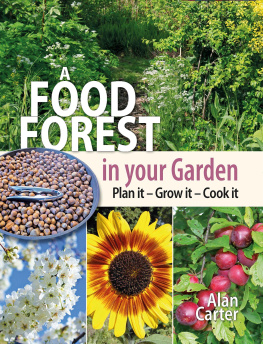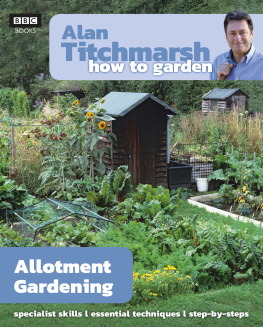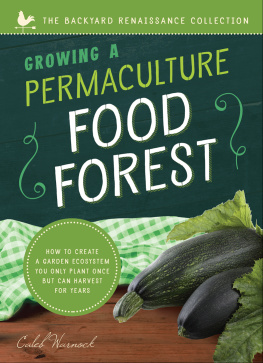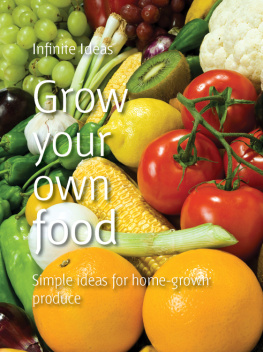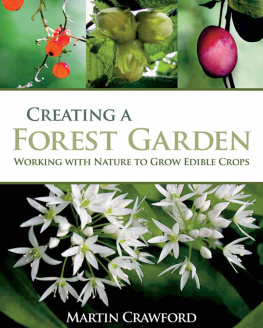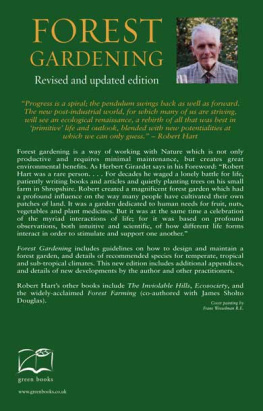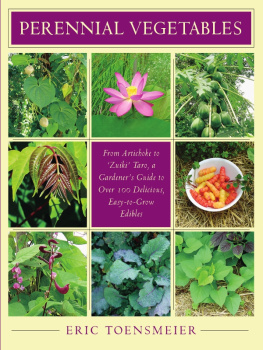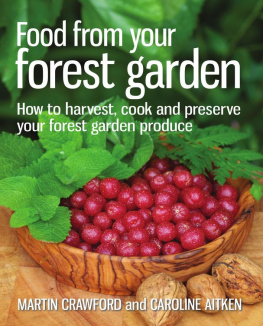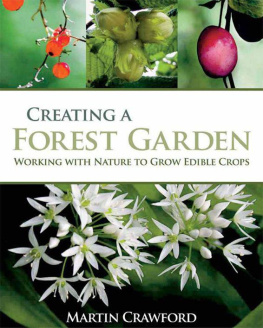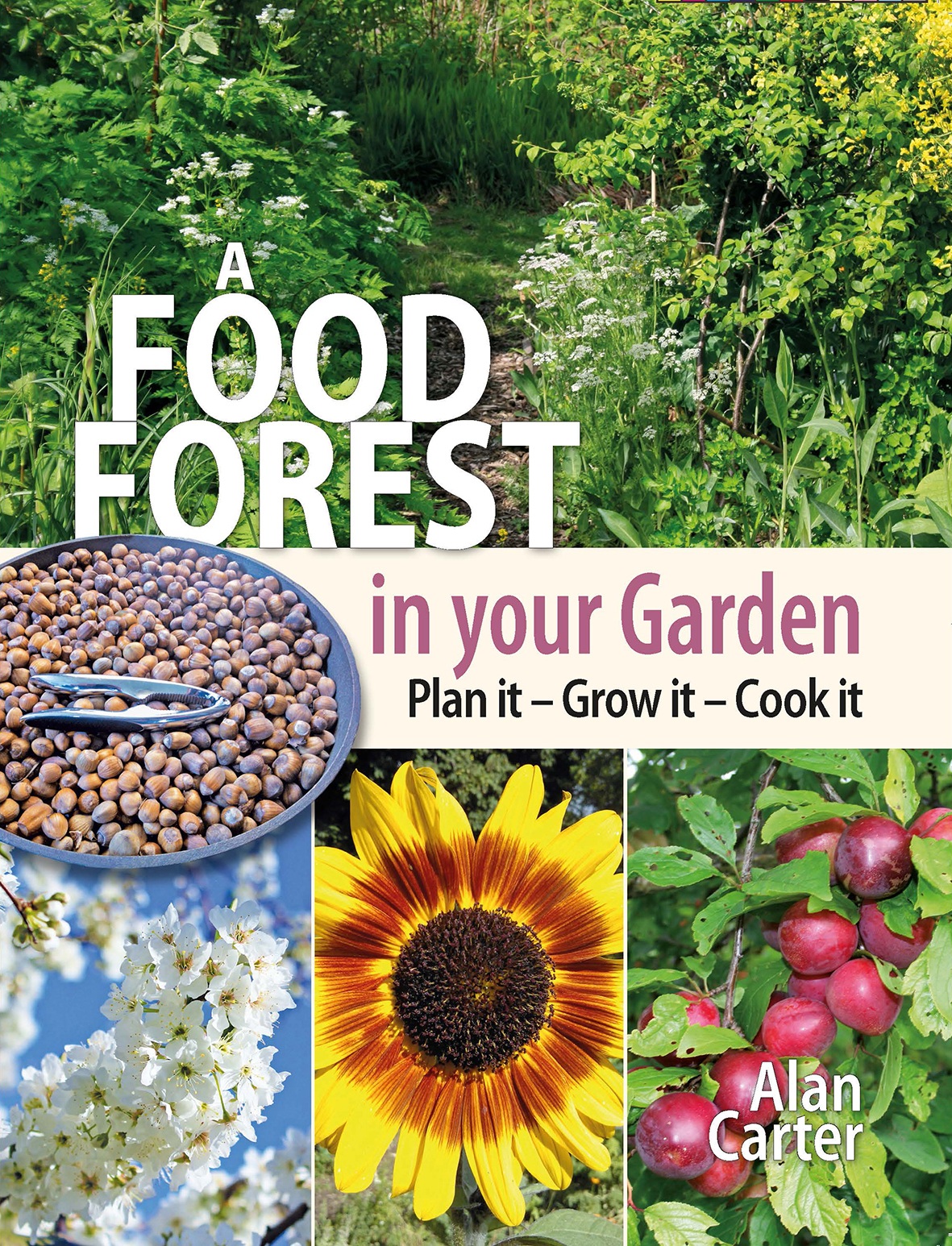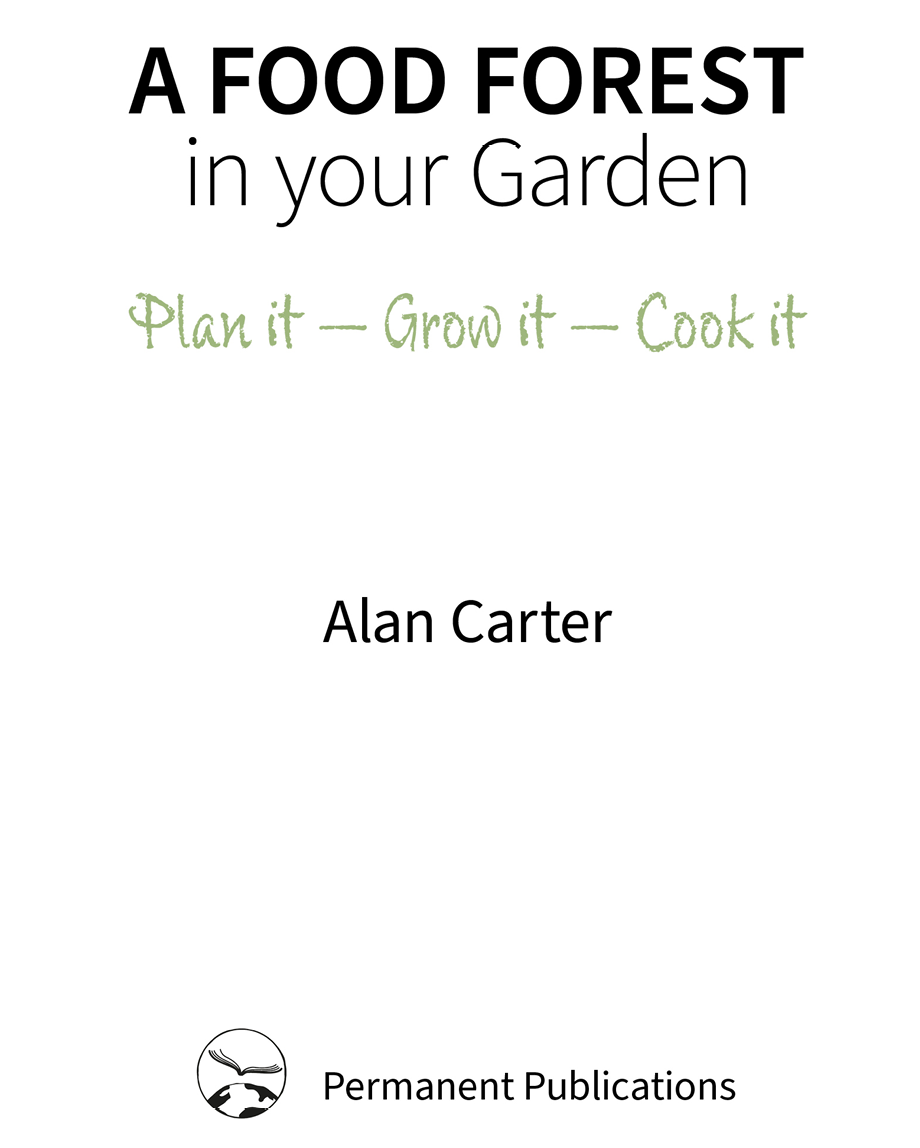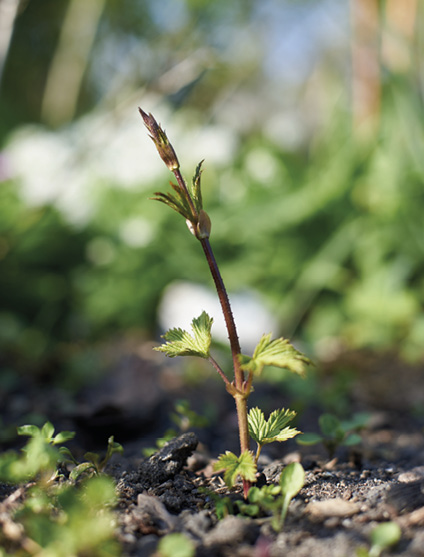Alan Carter - A Food Forest in Your Garden: Plan It, Grow It, Cook It
Here you can read online Alan Carter - A Food Forest in Your Garden: Plan It, Grow It, Cook It full text of the book (entire story) in english for free. Download pdf and epub, get meaning, cover and reviews about this ebook. year: 2021, publisher: Permanent Publications, genre: Children. Description of the work, (preface) as well as reviews are available. Best literature library LitArk.com created for fans of good reading and offers a wide selection of genres:
Romance novel
Science fiction
Adventure
Detective
Science
History
Home and family
Prose
Art
Politics
Computer
Non-fiction
Religion
Business
Children
Humor
Choose a favorite category and find really read worthwhile books. Enjoy immersion in the world of imagination, feel the emotions of the characters or learn something new for yourself, make an fascinating discovery.
- Book:A Food Forest in Your Garden: Plan It, Grow It, Cook It
- Author:
- Publisher:Permanent Publications
- Genre:
- Year:2021
- Rating:4 / 5
- Favourites:Add to favourites
- Your mark:
A Food Forest in Your Garden: Plan It, Grow It, Cook It: summary, description and annotation
We offer to read an annotation, description, summary or preface (depends on what the author of the book "A Food Forest in Your Garden: Plan It, Grow It, Cook It" wrote himself). If you haven't found the necessary information about the book — write in the comments, we will try to find it.
Grow your own seasonal food in a low maintenance, nature-friendly garden that feels like a woodland glade.Scottish plant expertAlan Carter shows you how to plan and plant a temperate forest garden for any sized plotfrom a small terrace garden to an allotment or smallholding.
Learn how to successfully layer root crops, fruit, perennial vegetables and edible shrubs below tree crops, cultivating an edible garden that doesnt look like a traditional vegetable plot. A forest garden is wildlife friendly, provides nutrient-dense and often unusual food through every season, and requires minimal work to maintain.
The first part of this in-depth, practical guide explains how a forest garden works, how to map your climate and design your own plot, and how to manage it with mulching, weeding and pruning. Whats not to like about Alans motto of the more you pick, the more you get, and intriguing concepts such as the Panda Principle?
The second half of the book is a detailed directory of more than 170 plants and fungi suitable for a wide range of temperate climates, complete with growing, harvesting and cooking tips based on over a decade of Alans own experience. Learn how to incorporate traditional fruit and vegetable crops, such as strawberries and beans, into your forest garden, and how to weave in more unusual crops, such as shiitake mushrooms and ferns.
Techniques from agro-ecology bring regenerative farming into the backyard, helping you to work towards greater self-sufficiency. Useful tips on seed saving and propagation help keep plant costs low, and there is practical advice on soil health, compostessential for all no dig, organic gardenersand pests and disease. A Food Forest in Your Garden will help you create your own productive forest gardens even in cooler climates.
Alan Carter: author's other books
Who wrote A Food Forest in Your Garden: Plan It, Grow It, Cook It? Find out the surname, the name of the author of the book and a list of all author's works by series.

